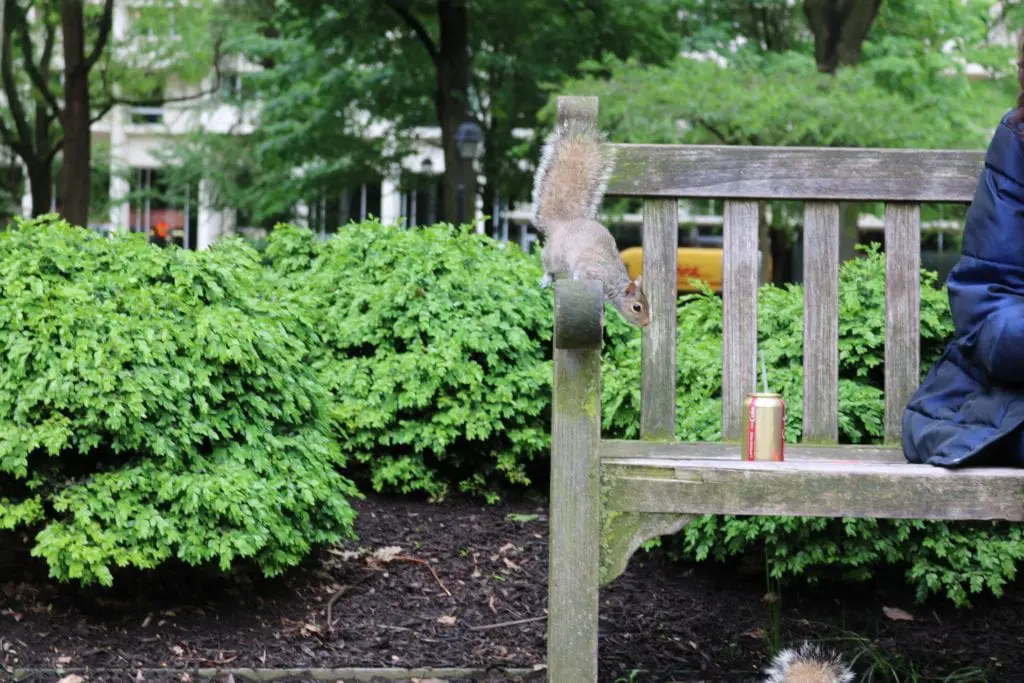
Landscaping is easily overlooked when you’ve just moved into a new home, even though it pays off with enhanced curb appeal and outdoor living spaces that perfectly fit your lifestyle and budget.
But before you dive in, know that landscaping is complex. Unless you have a passion for exterior planning, we recommend consulting a professional landscape designer or architect who can survey your property and create a master plan to be executed over the first few years you live in the home. The designer will ask questions about your lifestyle to help functionally and aesthetically shape the landscape.
“Having a master plan prevents you from doing something that will mess you up,” says Heather Moll-Dunn, a landscape and garden designer based in Atlanta, Georgia. She gets frustrated when clients spend a fortune at the nursery and do the backbreaking installation themselves, only to have everything die the following season.
If a full landscape design service is out of budget, a single property evaluation by a professional will help you determine plant selection, plan installation, and keep up with maintenance. At minimum, observe how plant life around your home responds during all four seasons and use your knowledge as a guide.
Landscaping a New-Built Home
When you buy a new home in a planned development, the builder typically provides little landscaping: foundation plantings, an accent tree, and drought-tolerant groundcover sometimes augmented by small amounts of sod will likely make up the front landscape. A rear yard may have hedges along the perimeter, and side yards might be planted with shrubs in front of windows that face neighboring houses.
The intent of such minimal landscaping is to allow homeowners to determine the content and look of their yards. When making these decisions based on how you plan to use the space and what is within budget, consider these key points:
- The location of items such as barbecue grills, pools, patios, play areas, and energy outlets.
- Sun exposure, views, spatial relationships, and what areas of the yard will be regularly used.
- Fixtures of your neighbor’s yard that need to be screened, such as swimming pools, basketball nets, and AC condensers.
Climate Considerations
Homeowners get the best results by working with the natural climate.
In warm areas, trees prevent south-facing back yards from getting unbearably hot. Alternatively, shade-type trees in the front yard help reduce the home’s cooling costs. But it’s not just about placement; you also need to think about which plants you’re purchasing.
“A lot of people come [to New Mexico] from the East Coast or the south and think that non-native species will grow here,” says Albuquerque landscape designer Jill Brown. “They do, but not like [the homeowner] imagines them.” To plan best for your climate, especially if it’s one you’re unfamiliar with, consult the USDA Plant Hardiness Zone Map.
For the best results, landscape design should take both plant type and placement into consideration. In the warmer south, a combination of drought-tolerant plants and a smart irrigation system is key. In other regions, xeriscaping may work best, or hardy plants that can survive long, cold winters.
Landscaping a Small Yard
Even when yard space is limited, there are ways to make it appealing and functional. Determine the main purpose of the space and develop a theme or guiding design concept, says Robert Pressman, president of TGP Inc. in Burbank, California. Is it a play space for the kids, or an edible garden with raised beds and full sun exposure?
Pressman also points out side yards can be “paved” entirely with gravel, mulch, or decomposed granite with screening or accent plantings only at windows. You should also “think about going vertical,” says Brown. Green walls, trellises, or vines soften the look of fences and walls where there isn’t sufficient room to plant hedges or trees, and off-the-shelf storage structures can go between windows or against blank walls.
Cost and Value
Landscape design professionals provide valuable information about the true cost of materials, services, and labor, and what will give you the most bang for your buck.
“People will pay $300,000 to $500,000 for a home and spend thousands on new furniture, but freak out when a tree costs $200,” Brown says. “Remember, that tree has been maintained in a nursery for seven years and will be in your yard for another 30. It’s going to provide shade, attract wildlife, and make memories, not to mention improve the aesthetic appeal of your home.”
In your enthusiasm to create the ultimate backyard paradise, don’t forget to invest in your front yard. Even if it lacks a porch, make your home welcoming with a small seating area. “Think about your front yard as another living space and an opportunity to meet your neighbors,” says Brown.
Remember the Hardscaping
Hardscaping – which includes retaining walls and walking paths to fountains, decks, patios, and covered outdoor structures – is an important part of landscape design.
You might think about building a deck to extend gathering space, or adding a fire pit. If the summer sun is a concern, pergolas or structures with retractable awnings are a great solution. A built-in TV and multi-unit sofa is would be strong investments if you enjoy entertaining outdoors.
Have some landscaping hacks we’ve forgotten? Tell us about them in the comments below!
Susan Bady-Holmes is a freelance writer and editor specializing in residential design and construction. She currently writes for NewHomeSource.com, Metal Architecture magazine and Metal Construction News.
Susan has also been an assignment editor for Consumers Digest magazine; handled media relations for home builders at Taylor Johnson Associates and written feature articles for Better Homes and Gardens’ Home Plan Ideas. Consequently, she has a wide range of experience in the consumer and business press and a deep understanding of the homebuilding business. She has won numerous awards for journalistic excellence.
 7 Ideas to Maximize Space in a Tiny Home
7 Ideas to Maximize Space in a Tiny Home